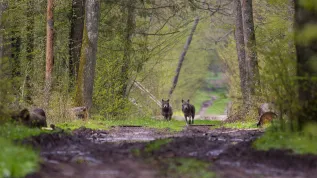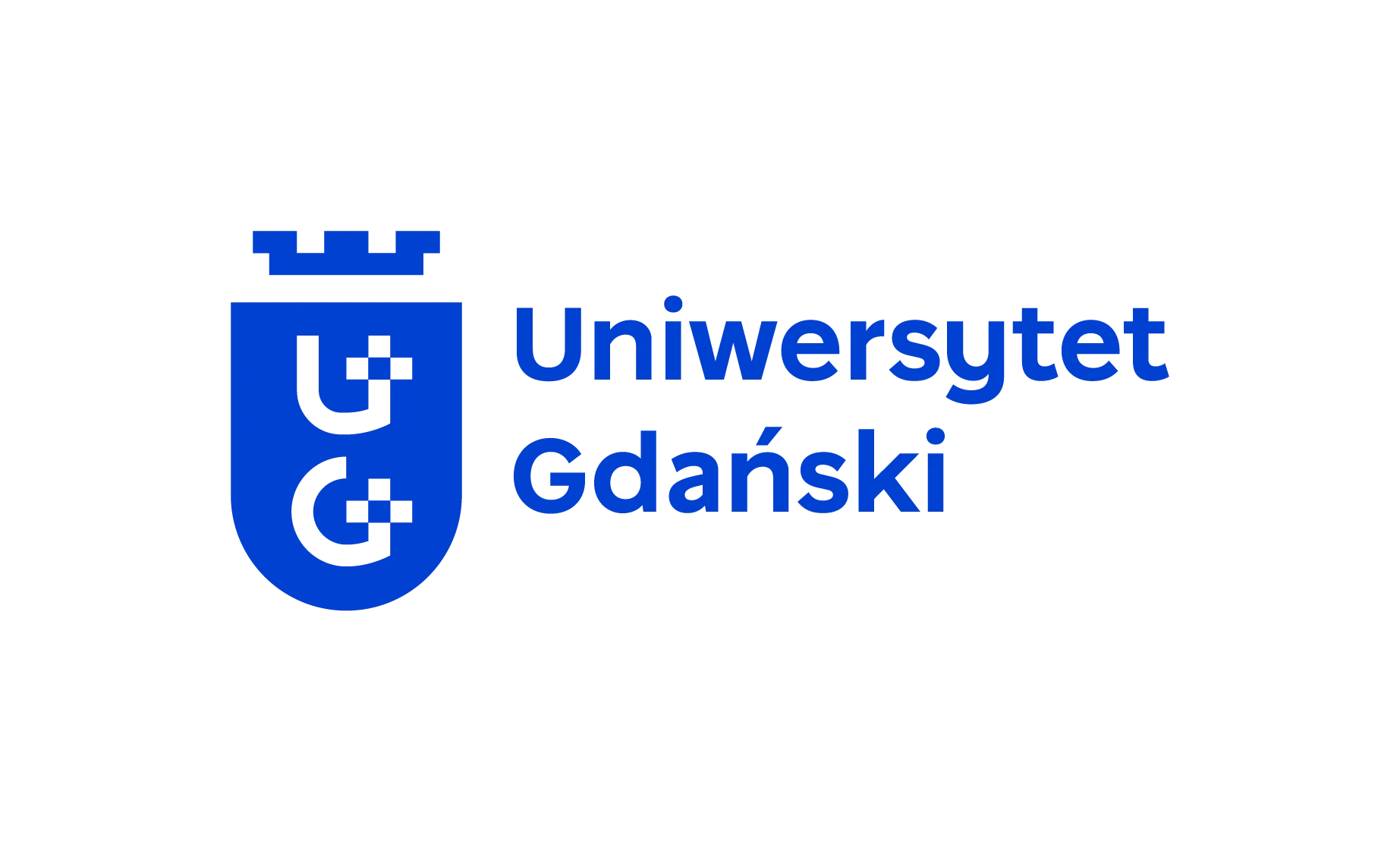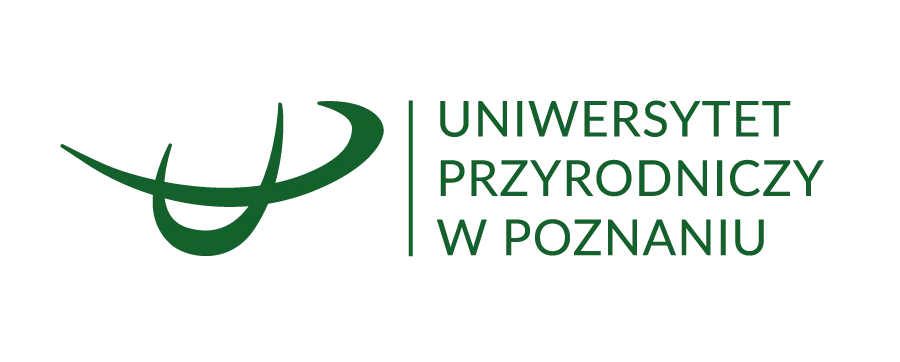
Maszop and Maszoperia are two grey seals born in the Hel sealarium. In two or three months they will be released into the Baltic Sea. The youngest Hel seals can be observed on the website www.sledzfoki.pl, via on-line broadcast from the sealarium.
Maszop was born earlier; after birth it weighed 16.5 kg with a length of 110 cm. 16-year-old female Ania gave birth on March 8 after 8 AM. "The birth went very smoothly. The seal was preparing for several hours. Since 2 AM she had been in a solitary, under supervision" - reported the website of the Sealarium of the Marine Station of the University of Gdansk.
On Monday morning, seal Ewa gave birth to Maszoperia, which weighed more than 17 kg and had over a meter in length.
In keeping with the tradition, baby seals have been given names starting with the letter of the month of birth. "Maszoperia is a traditional name of a fishing cooperative, and the name a cooperative member was +maszop+. We drew from the local tradition" - told PAP Dr Iwona Pawliczka, Deputy Head of the Marine Station IOUG.
Developments in the Hel sealarium can be followed at: http://www.sledzfoki.pl/. With this broadcast, everyone can see what the leader of the group and the oldest male in the herd Bubas is doing at the moment, or if the Estonian sixteen-year-olds Ewa, Ania, Agata, Swedish Unda Marina, or the youngest in the group Fok are swimming in the pools. This year\'s first seal-birth could not but watched, because, according to caregivers, female Ania chose the only delivery room beyond the reach of the new online camera.
Seal pregnancy is a little over 11 months. Offspring are born at the turn of February and March. In each litter there is only one young. Small seals weigh 9 to 15 kg and are covered with thick, white fur called lanugo, which they shed after few weeks. When they grow up, they reach a weight of 100-200 kg for females and 200-300 kg for males.
Young seals will stay in Hel sealarium for two to three months. Mothers will look after them for the first three weeks. After this time, the grey seal females will leave their young, caretakers from the station will take over and give young seals special training, preparing them for life in the wild.
In May or June, the animals born in the Hel sealarium will be released into the wild - the Baltic Sea. They will join other young seals released into the sea in the course of the project reintroduction of grey seals on the southern coast of the Baltic Sea, carried out by the station since 2002. This project aims to restore of local colonies of this species, once common on our shores.
According to WWF Polska, in the next month there is a high probability of occurrence of seal pups also in nature, on the Polish Baltic coast. Environmentalists urge to leave the seals in peace and immediately call the Blue Patrol volunteers, whose mission is to patrol the Polish coast for the presence of marine mammals. Seal pups that will require rehabilitation, will go under the care of the sealarium staff. Then, if their condition permits this, they will be released into the Baltic Sea.
"So far, we have not recorded any documented birth of grey seal on the Polish coast. This is due to the fact that these mammals were rare guests in our waters, after having been exterminated by humans almost a century ago. However, for several years seals have been appearing more often on our shore. This is associated with the increase in the population of grey seals in the Baltic Sea, thanks to protection measures that the Nordic countries have taken" - explained Katarzyna Pietrasik of WWF Polska.
One hundred years ago there were 100,000 grey seals in the Baltic Sea. In the 1980s there were only 4.5 thousand. At this point, seals were covered by legal protection. The increasing trend of the Baltic grey seal population has been observed since 2000, when 10 thousand animals were counted in the Baltic. During the annual counting of these marine mammals in 2013, nearly 30 thousand grey seals were spotted. Most of them, more than 10 thousand, live in the area of the islands of central Sweden.
PAP - Science and Scholarship in Poland
ekr/ ula/ agt/
tr. RL













